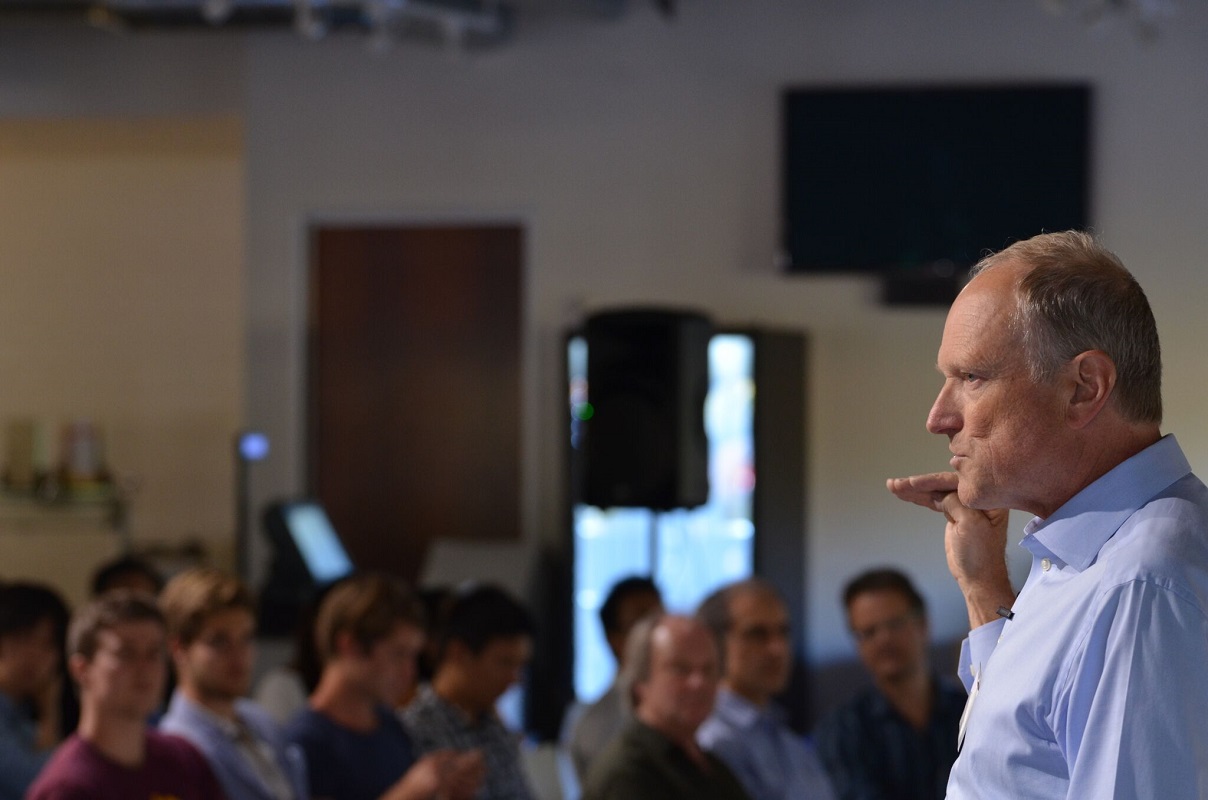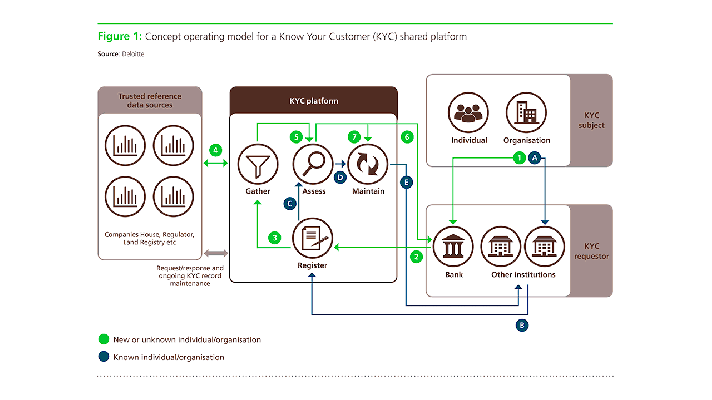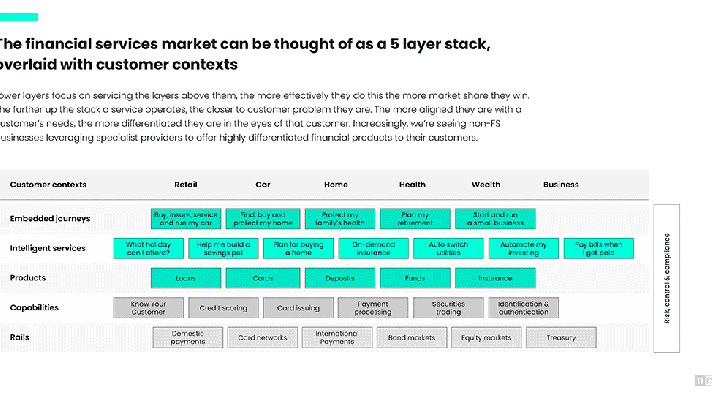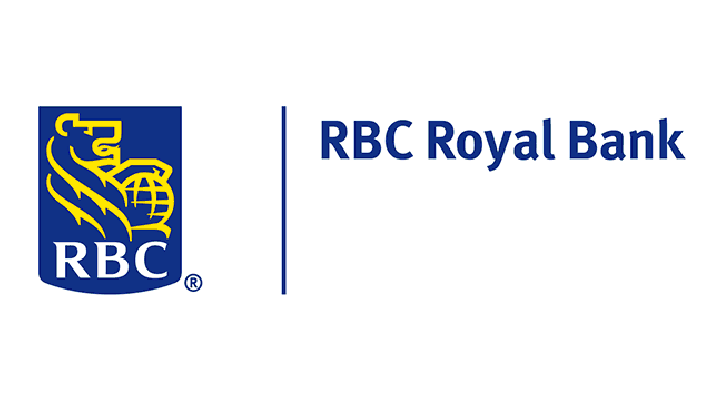The Impact Blockchain Can Bring upon Finance and Banking
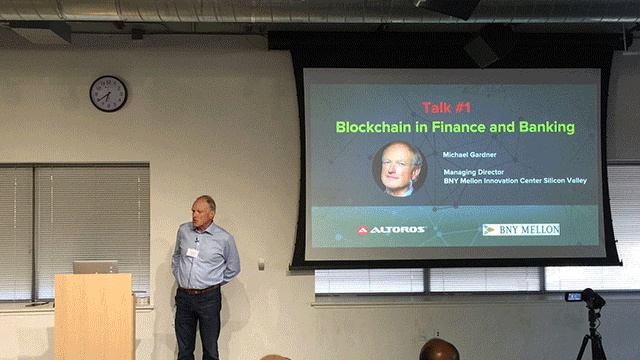
What does it all mean for finance?
As a technology, “blockchain is nothing but a distributed database,” said Michael Gardner, Managing Director at BNY Mellon Innovation Center, as he started off a Hyperledger meetup in Silicon Valley.
Michael emphasized a couple of key elements in blockchain that would have significant uses in finance.
- Built-in facilities for encryption. Encryption facilities are useful for associating blockchain with cryptocurrencies.
- Data immutability. Data written in the blockchain cannot be changed. If it is modified, a signature is left behind pointing to what has changed.
- Privilege gradients. Permission levels can be set in the blockchain as to who can see transactions and up to how much of the transaction they can see.
How much can be saved?
Karen Hsu, Head of Growth at BlockCypher, followed Michael’s presentation with a question: how much money can be saved in finance and banking using blockchain?
$22 billion is the magic number, according to Karen. She mentioned that amount could be saved in five years’ time in collateral management, more efficient payments, securities trading, and regulatory compliance.
“$22 billion is what you can save with blockchain.” —Karen Hsu, Head of Growth, BlockCypher
Another $5 billion could be saved in AML and KYC compliance, explains Karen. This would be a result of reduced customer onboarding headcount, reduced false positives and the need for manual intervention, and reduced headcount in training and technology.
Finally, $300 million could be saved annually in leveraged loan trading. Blockchain and smart contracts would reduce settlement periods, balance sheet collateral requirements, headcount, and industry funding costs.
Starting with smart contracts
Michael Gardner discussed how blockchain technology won’t necessarily make current payment systems obsolete. “You can’t take existing payment systems that we have today and migrate that overnight. Every institution is working hard on understanding what blockchain means to their system,” he noted.
Instead of blockchain replacing existing payment systems, Michael pointed out that the technology would have a better role as a supplement—specifically, with smart contracts. In this case, you are “taking contracts through the automated transactions and processes of a blockchain.”
“Blockchain won’t blow away existing payment systems but will instead supplment them.”
—Michael Gardner, Managing Director, BNY Mellon
Smart contracts would have the potential to reduce costs in finance, as Michael explains, “a lot of the cost right now with legal processes related to financial transactions and so forth has the potential to be highly automated, virtually instantaneous, fool-proof, and tamper-proof through the capabilities of the blockchain.”
Blockchain adoption: push or adapt?
It will take some time before financial institutions and other industries truly comprehend blockchain technology and what it brings to the table.
The initial thought on blockchain in finance is that adoption would mean making current systems obsolete. This line of thinking could be adding to why adoption rate is the way it is.
Michael Gardner hit on something when he said that blockchain had the capability to supplement existing payment systems. Perhaps this is the way forward—reinforcement, not replacement.
Want details? Watch the video!
Table of contents
|
Further reading
- The Royal Bank of Scotland Builds a Hyperledger Digital Wallet: the Lessons Learned
- Blockchain Adoption: Industry Requirements and the Role of Prototypes
- What Is the Future of Blockchain?
- Blockchain Bottlenecks in Finance, Healthcare, and Insurance
About the experts



